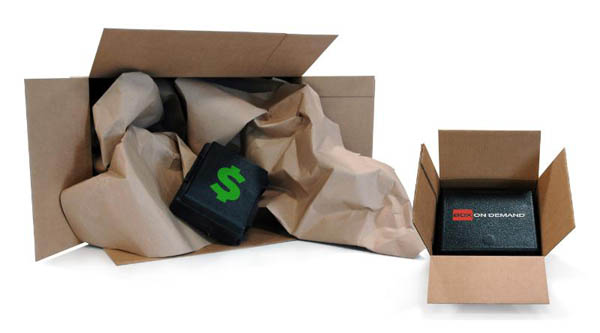Box on Demand Technology Minimizes DIM Weight
Next year, major freight carriers will begin applying dimensional (DIM) weight pricing to all ground packages (current practice packages three cubic feet or larger), Box on Demand, Battle Creek, Mich., USA, reports. It is estimated that 30% of parcels shipped will be impacted by this change, leading to dramatically higher shipping costs, it adds.
According to Box on Demand, suggestions to manage these price increases have ranged from negotiating discounted carrier rates, using less dunnage, redesigning consumer packaging (to make it smaller), consolidating orders, and increasing the number of carton sizes in the DC to minimize the shipping package size (increasing cost and inventory). The quickest way to minimize DIM weight (and therefore, shipping costs) is to reduce the overall carton size, the company advises, noting that simply shrinking a box by 20% in each direction will reduce the cube size by 49%.

With a Box on Demand box making machine, shippers can create the right sized box for every shipment, without excess carton inventory and excess void fill, the company says. Its technology seamlessly integrates with existing WMS, ERP, or other inventory and order management software to allow the box machine to create the perfect box for each shipment in seconds. On multiple item orders, cartonization logic or real time dimensional scanning can ensure the most efficient shipping container is produced and utilized.
These systems are available without an upfront capital investment. Box on Demand is the manufacturer of the corrugated fanfold that feeds the box making machines, and with a corrugated supply agreement, the company will install a complete system in a customer’s facility. Savings of 20% and more are possible with the technology, Box on Demand explains, especially for shippers of products that vary in size from order to order, such as online retailers, e-commerce facilities, parts suppliers, home furnishings, manufacturing, etc.
More information on calculating how current packaging sizes will be impacted by the new rates is available online.
TAPPI
http://www.tappi.org/

